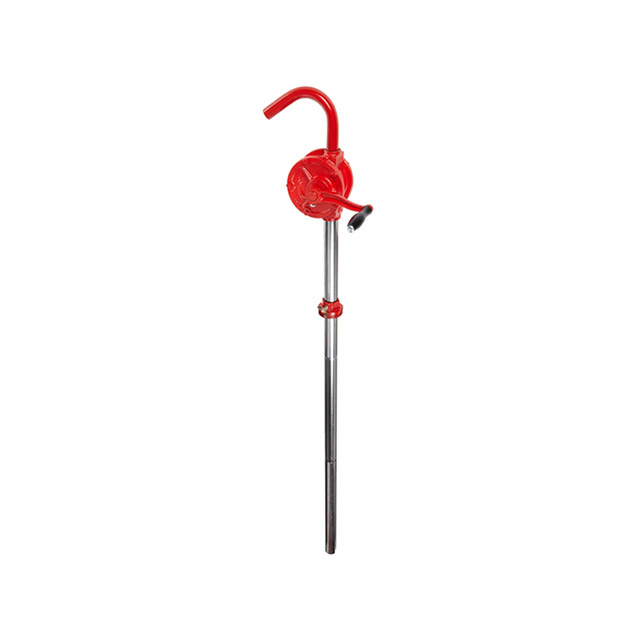Fuel is supplied to a vehicle through a gas pump or a fuel dispenser. But aren’t gas pumps and fuel dispensers the same? If they’re different, in what way are they different? What separates one from the other? If you’re curious, you’re in the right place. In this post, we talk about the distinctions between […]
Fuel is supplied to a vehicle through a gas pump or a fuel dispenser. But aren’t gas pumps and fuel dispensers the same? If they’re different, in what way are they different? What separates one from the other?
If you’re curious, you’re in the right place. In this post, we talk about the distinctions between a gas pump and a dispenser.
Let’s start.

The term “gas pump” is commonly used to refer to the entire unit found at a gas station. However, it specifically denotes the device responsible for pumping the fuel from the storage tanks into the vehicle’s fuel tank.
The gas pump is the interface through which customers interact to select the type and quantity of fuel they need.
The nozzles are the dispensing ends that deliver the fuel to the vehicle. These nozzles come equipped with safety features, such as automatic shut-off mechanisms to prevent spills and overfilling.
Adjacent to the nozzles is the display panel. It provides essential information to the customer, including the type of fuel, price per gallon, and the total cost of the transaction. Modern gas pumps often include digital displays for better visibility and accuracy.
Gas pumps are usually equipped with card readers that facilitate electronic payments. Customers can swipe or insert their credit or debit cards to initiate the fueling process. In addition, newer pumps are equipped with contactless payment options for added convenience.
The keypad allows customers to input their identification codes, such as PINs, for secure transactions. It’s a crucial component for customers who prefer paying with debit or credit cards.

While the term “dispenser” is sometimes used interchangeably with “gas pump,” it specifically refers to the entire unit that dispenses fuel, including the underground components. The dispenser encompasses the pump, nozzles, and the technology that manages the flow of fuel from the storage tanks to the customer’s vehicle.
The heart of the dispenser is the submersible turbine pump. This pump is submerged in the underground storage tank and is responsible for drawing the fuel from the tank to the dispenser.
The flow meter measures the quantity of fuel being dispensed accurately. This is a crucial component for both the station owner, who needs to track inventory, and the customer, who wants to receive the correct amount of fuel.
To ensure safety and prevent potential hazards, dispensers are equipped with emergency shut-off valves. These valves can quickly stop the flow of fuel in case of a malfunction or emergency, minimizing the risk of spills and accidents.
The dispenser is connected to the underground storage tanks through a network of pipes. These pipes transport the fuel from the tank to the dispenser, and they are specially designed to prevent leaks and contamination.
Fuel dispensers come in various types, each designed to meet specific needs and preferences in the fueling industry. Some of them include:
There are also portable fuel dispensers which are a specialized category of dispensing equipment. They are designed for convenience, mobility, and flexibility in fuel distribution. These dispensers offer unique advantages in situations where traditional fueling infrastructure may be limited or nonexistent.
The gas pump and dispenser are integral components of the modern fueling station. The gas pump serves as the interface between the customer and the fuel, providing essential information and facilitating transactions.
On the other hand, the dispenser, with its underground components, ensures the safe and efficient flow of fuel from storage tanks to the customer’s vehicle.
As we continue to rely on fossil fuels for our transportation needs, understanding the nuances of these technologies becomes increasingly important. The next time you find yourself at a gas station, take a moment to appreciate the sophisticated engineering that goes into making the refueling process as smooth and safe as possible.
AOCHENG stands as a prominent manufacturer of portable fuel dispensers tailored for agricultural and industrial applications. Additionally, we provide larger fuel dispensers specifically designed to cater to the needs of gas stations.
Want to know more about our products and services? Visit our website or get in touch with us today!




